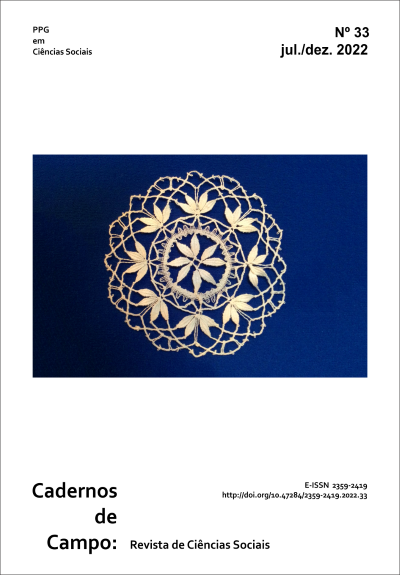Landfills and banishments in the archeology of the city
the material dynamics of São Paulo between the 19th and 20th centuries
DOI:
https://doi.org/10.47284/2359-2419.2022.33.187207Keywords:
urban archeology, city-site, landfills, territoriesAbstract
We seek in this article to discuss the dynamics of the material deconstruction and refoundation of the city of São Paulo and to analyze its consequences on the São Paulo space, reflecting how this affected the populations inhabiting the former black territories of the 19th century. For this task, we will rescue the socioeconomic history and the legality of the urban planning of the city, through the analysis of texts and historiographical and urbanism studies. We related these data with information about the landfills of the five archaeological sites closest to the historic core of São Paulo, dating between the 19th and 20th centuries, in order to understand the material dynamics of the city’s archeology, in the terms defined by the archaeologist Edward Staski (1982). We gathered this information through research reports from the sites Solar da Marquesa de Santos, Beco do Pinto, Casa n.°1, Praça das Artes and Praça da República, located in and around the historical triangle of São Paulo.
Downloads
Downloads
Published
Issue
Section
License
Copyright (c) 2023 Cadernos de Campo: Revista de Ciências Sociais

This work is licensed under a Creative Commons Attribution 4.0 International License.









